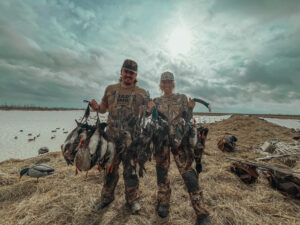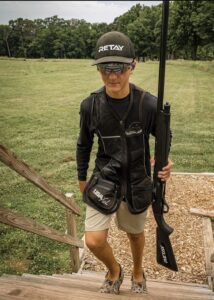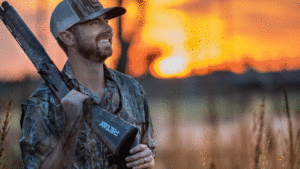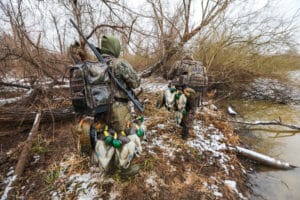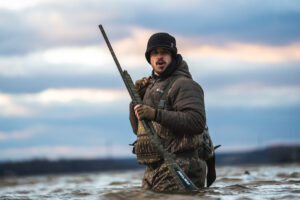
Tips and best practices for ensuring a safe and enjoyable hunting experience.
By: Robert Stanley

Turkey hunting with a shotgun can be an exciting and rewarding experience for hunters of all skill levels. However, it is essential to remember that safety should always be the top priority when hunting with firearms. In this blog, we will discuss some important safety considerations and best practices for turkey hunting with a shotgun.
Always treat your shotgun as if it is loaded.
This is a fundamental safety rule for all hunters. Even if you know your shotgun is unloaded, always treat it as if it is loaded. This means keeping the muzzle pointed in a safe direction at all times, keeping your finger off the trigger until you are ready to shoot, and never pointing the shotgun at anything you do not intend to shoot. Know your target ad beyond, especially with shotshells sending arrant pellets off into the world. Remember, most of the time in the turkey woods, other hunters will be in full camo or even ghillie and leafy suits. There will be lifelike decoys out as well. Always be sure of what you’re aiming at and what’s behind it.
Wear blaze orange when on the move.
Turkey hunting can occur in densely wooded areas, and it is vital to be visible to other hunters. When you are setting up on those genius Toms, you want to be as invisible as possible. Yet, when we are moving across the landscape, making calls to locate birds, and/or setting up decoys out of the sight of turkey, we should wear some blaze orange.

We all know not to shoot at sound and movement, but this doesn’t absolve us of our responsibility to ourselves in the way of safety. An orange hat can be thrown on when moving around, and many turkey vests come with orange strips to hang out of them when moving. Do you use a lifelike full-body decoy? A nice Blaze orange decoy bag is a great way to transfer that thing from spot to spot without getting shot. All of these are easily tucked away and hidden.
Know your effective range.
Shotguns have a limited effective range, and it is vital to know your limitations as a shooter. Taking shots beyond your effective range increases the risk of injuring or killing something other than your intended target.
With Modern Turkey loads, hunters are talking about 100-yard patterns with TSS. Remember, it’s a game of close, and each pellet needs about 2.5 foot-pounds of energy to be lethal on a turkey. So, even though the shell, choke, gun, and optics package may pattern at that distance, it doesn’t mean you should be shooting that far. Moreover, the further out the birds are, the more risk of misidentifying the shooting situation you are at. This is inherently not as safe or as fun as a Tom strutting at 20 yards.
Reaping
Turkey Reaping is a deadly tactic for spring birds. Using a Strutting Tom Sillohoute and crawling behind it like a bird making its way strutting across a field can put a hunter in on birds, danger close and quickly, but it is not a tactic for public land.
Let’s be honest, public land has always had the connotation of being a War Zone, and in that way, as effective as Reaping can be, it’s safer to stay away from this on public. This also goes for sneaking or stalking up on birds. This can be a deadly tactic, and it can get you shot. But more than that, when you sneak up on Turkeys, can you really be sure of your target and beyond in a split second?
Hunt with a partner.

Hunting with a partner can help ensure that both hunters come home happy and healthy. Whether it’s just for the company, knowing each other’s general locations, or even in worst-case scenario, acting as the point person if a woods rescue is needed hunting with a partner is always a good idea.
Let’s face it, some of the rituals are as old as the human race. It is what our humanity is based on. Part of the theories of why we can throw and use distance weapons is our ability to hunt in groups. Likely, hunting is the basis of human communication. So, the safety of hunting in pairs and groups is as ingrained in us as our obsession with watching a fire.


